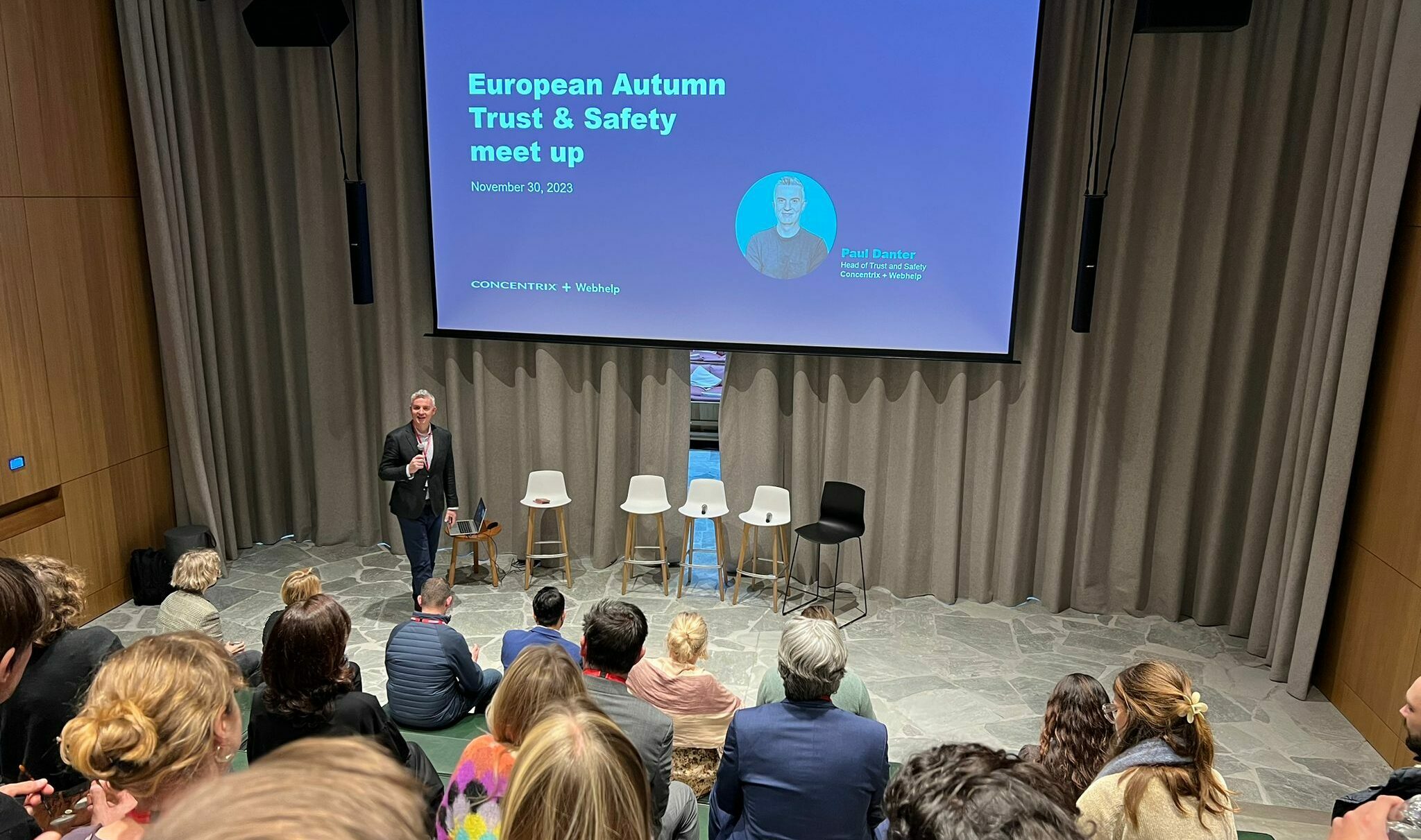The connected customer is one of the hottest trends in retail at present. Retailers need to connect their in-store experience with their website and app so that customers can choose how and when to shop using the channel of their choice. But there is also an enormous amount of hype. Sometimes the technology appears to be a solution looking for a problem.
When I see the hype around subjects like , Artificial Intelligence, Virtual Reality, and the connected customer, I sometimes remember the early days of personal computing. Before PCs invaded the offices there were personal microcomputers. One of the most popular for home and business use was the Apple II. In 1979 a company called Software Arts released a spreadsheet application called Visicalc for the Apple II system and it changed the world.
The reason was that suddenly people could see a genuine use for the technology. Spreadsheets used to be manual – literally grids of information on a board that had to be manually calculated. With Visicalc the entire process was automated and visual. Suddenly these little computers were enormously useful. This one piece of software was the catalyst for IBM to create the first PC – they wanted to create a robust business computer that could run applications such as spreadsheets. So one single change in how we see or use some existing technology changed how we do our jobs today.
I think we are now reaching this point with Augmented Reality. AR has been around for several years – the first time I can recall using it was in 2012 with the Google Sky Map. This was a great app that allowed you to hold your phone up to the sky and see the stars and planets named on your phone screen all in the correct position – depending on where you are holding the phone.
AR never really took off beyond being a technological curiosity, but then in 2016 the enormously popular game Pokémon Go managed to blend gameplay and characters with the view from your phone camera. Millions of people were suddenly using AR without even realising it. This became quickly accepted as normal, so now it’s easy to describe a business idea that uses AR.
But the really big change now is that companies are saying, we can use this technology to really make a difference for our customers. AR is no longer a solution looking for a problem. Companies like Ikea have said, we are going to allow our customers to see how a product will look in their home before they buy it – using AR.
That’s the difference. Ikea customers are not going to think about this functionality as an example of AR, they are just going to think that it’s fantastic that they can see how a product will look before they buy it. Now the functionality and customer experience is defining how the technology is used. AR has finally found a purpose. I’m looking forward to continuing this discussion on technology and if you have any thoughts on this subject then please leave a comment here, or get in touch on LinkedIn.

![[Fashion] Choosing the right partners to grow your business in 2024, at a time when trust is fragile](https://media.webhelp.com/wp-content/uploads/2023/12/21090253/Office-Showcase-2.png)


